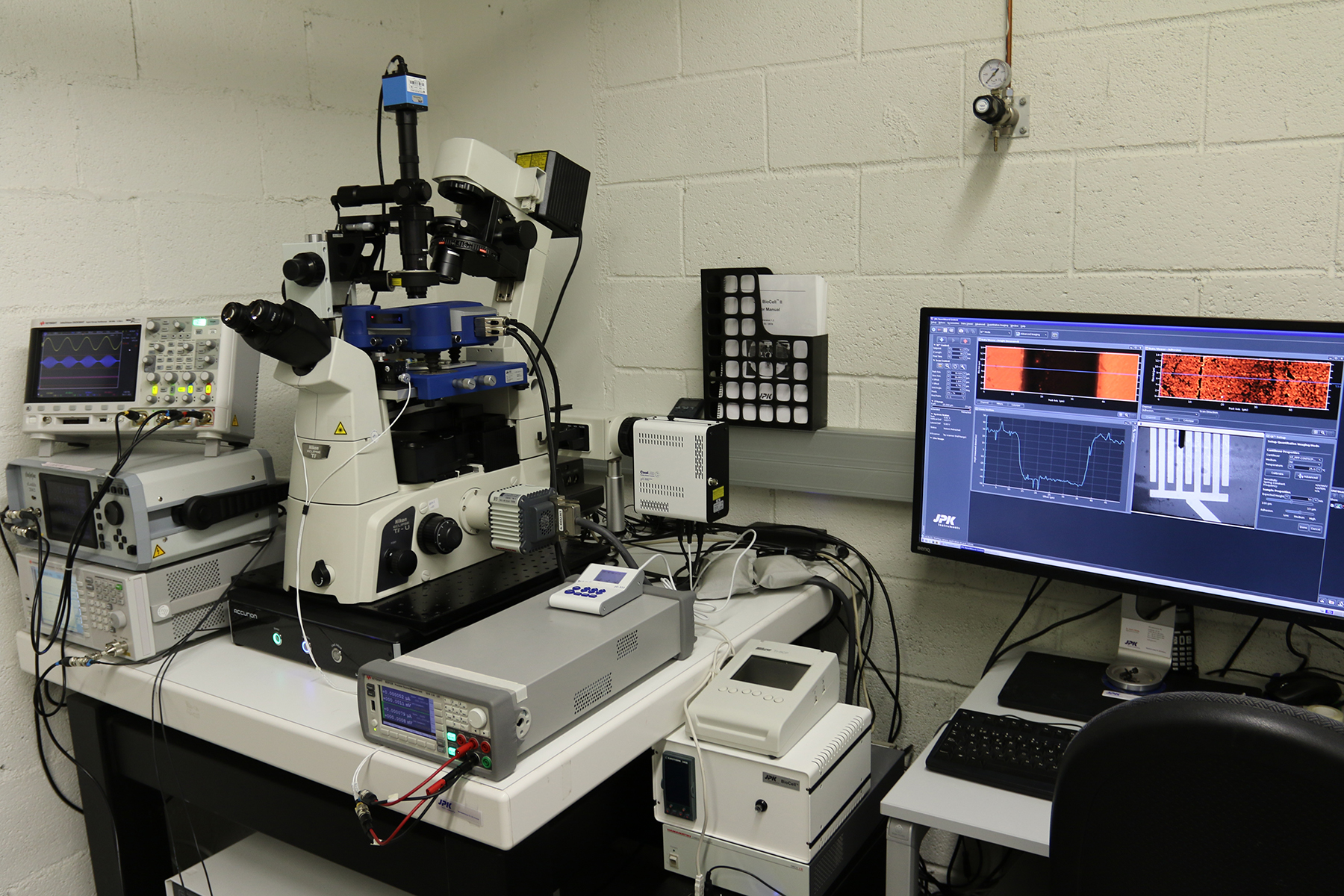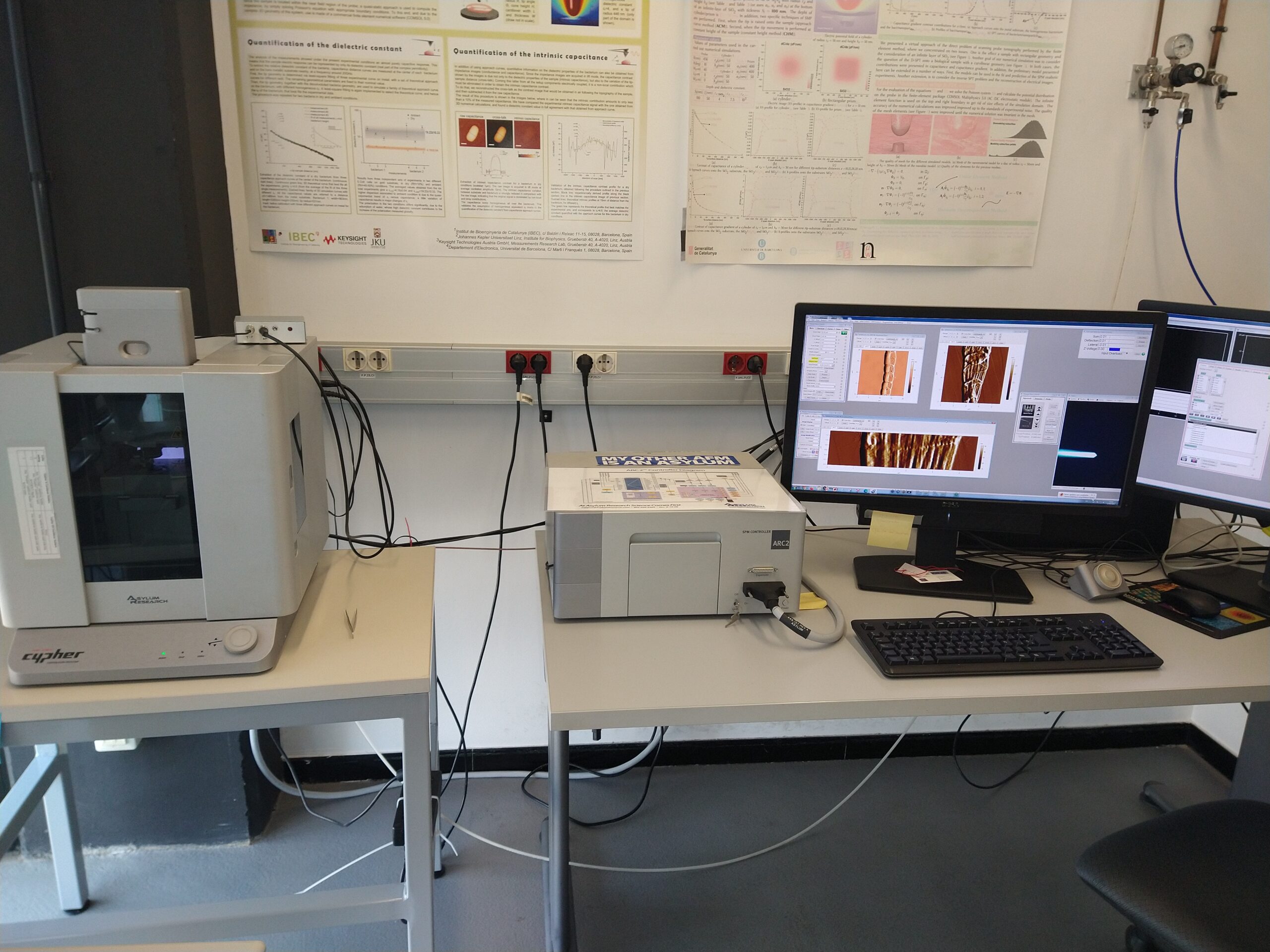The Consortium
The interdisciplinary PRiNGLE consortium consists of 6 partners from 5 European countries.
PRiNGLE has a strong multidisciplinary character with partners from research institutes and universities. The consortium integrates complementary and interdisciplinary expertise from the fields of biology, chemistry, physics and engineering.
This project receives funding from the European Union’s Horizon Europe EIC PathFinder funding scheme with grant agreement No 101046719.
University of Antwerp
The University of Antwerp coordinates PRiNGLE, with Professor Filip Meysman being the coordinating principal investigator. Filip leads the Marine microbiology and geochemistry research group at the Department of Biology.
His Microbial Electricity Research Team is an internationally leading laboratory in the research on long-range electron transport in microbial nanostructures using both experimental and modelling approaches.
Professor Meysman is also the scientific coordinator of the Centre Of Excellence Microbial Systems Technology.

TU Delft
The main tasks of TUDelft within PRiNGLE concern the fabrication of on-chip electrode structures, the measurement of the electronic properties (conductivity, field-effect mobility) of native and recombinant proteonic nanostructures and the empirical determination of the electrical transport mechanism as a function of temperature, applied bias voltage and magnetic field. The PRiNGLE research at TU Delft is led by Prof. Herre van der Zant.
The experimental results serve as input for theoretical modelling (Blanter group at TUDelft and consortium members) of long-range charge transport in proteonic structures.
At TUDelft, the state-of-the art clean room of the Kavli Nanolaboratory provides excellent device fabrication including electron-beam lithography and high-resolution imaging facilities (e.g. SEM, TEM, Raman, AFM, FIB). Furthermore, equipment for deposition of metals and insulators are available including sputtering, e-beam evaporation and ALD, as well as several dedicated etching machines. In the van der Zant group, two variable-temperature probe stations and several inserts (He-4 and dilution refrigerator) are available for performing charge transport measurements; each set-up is equipped with home-built ultra-low-noise electronics for sensitive (three-terminal) electrical-transport experiments; magnetic fields up to 14 T can be applied in the He-4 and dilution refrigerator set-ups.
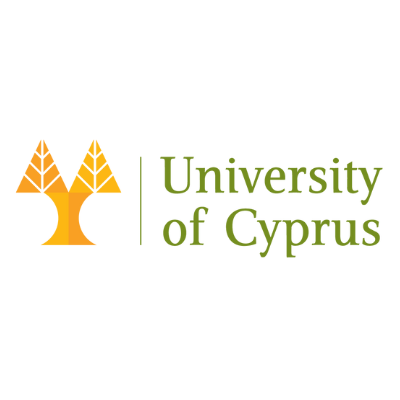
University of Cyprus
The Computational Biophysics and Molecular Physics Group, directed by professors Georgios Archontis and Spiros Skourtis, operates within the Department of Physics at the University of Cyprus. In the PRiNGLE project, the Group’s main task is the modelling of charge transport in the highly conductive protein nanostructures of the bacterial cables.
This modelling includes ab-initio quantum-chemical and molecular-dynamics simulations coupled to semi-analytical approaches that incorporate relevant theories of long-distance charge transport.
The research of the Group is multidisciplinary at the interface between chemical physics, molecular biophysics and molecular electronics. Part of the group’s research expertise includes the theoretical and computational modelling of molecular/biomolecular charge and energy transfer/transport processes. Such processes are studied in a variety of physical-chemical environments (cellular, solution phase, molecular junction) and over a wide range of length scales (from single molecules to molecular assemblies to cells). The Group has its own computational facilities, to perform classical and quantum biomolecular simulations, and has access to the University’s High Performance Computing Cluster. The members of the group directly involved with PRINGLE are Associate Professor Spiros S. Skourtis, an expert in molecular and biomolecular charge and energy transport processes, and Ph.D. Student Georgia Polycarpou.

IBEC
IBEC (Institute for Bioengineering of Catalonia) is a research institute covering most bioengineering fields, from basic research to medical applications, aiming to act as an international reference in this field. Within PRiNGLE the Nanobioelec group at IBEC will study the nanomechanical properties of the highly conductive protein fibers and will design, fabricate and characterize field effect transistors based on them. The PRiNGLE research at IBEC is led by Prof. Gabriel Gomila Lluch.
IBEC was established in 2005 by the Government of Catalonia, the University of Barcelona and the Technical University of Catalonia and is located at the Barcelona Science Park. IBEC hosts around 200 researchers and technicians, which are part of its own staff or are associated to the University of Barcelona and Polytechnic University of Catalonia or coming from different recruitment programs of research staff (e.g. ICREA and others).
Within IBEC, the Nanoscale Bioelectrical Characterization group, led by Dr Gabriel Gomila, is a multidisciplinary group involving physicists, engineers, biologists and chemists focused in the development of a multiscale approach to Bioelectricity, covering from the nano- to the microscale. To this end the group combines methods and techniques from Scanning Probe Microscopy, Organic Electronics and Big Data. The main objective is to contribute to develop new label-free biological nanoscale characterization methods and new bioelectronic devices and biosensors.

FZ Jülich
The Institute of Biological Information Processing (IBI-3) of the FZ Jülich develops bio-inorganic hybrid systems for the implementation of electrophysiological and biochemical sensors. In the scope of the PRiNGLE project, FZJ will focus on patterning of cable bacteria conductive filaments for creating large-scale electronic components. At FZ Jülich, the PRiNGLE research is led by Prof. Andreas Offenhäusser and Dr. Dirk Mayer.
Several patterning techniques will be examined to establish a procedure with the best possible versatility and performance. The results will facilitate assembling of fully-protein based proof-of-concept device with high bio-compatibility and bio-degradability. Through the development and active implementation of such technologies it will be possible to significantly reduce the electronic waste stream and lower their impact on the environment.
Access to the state-of-the-art cleanroom facility allows creating structures on micro- and nanoscale, which are then used for guided cell adhesion and neurite outgrowth, neuroelectronic interfacing, as well as in vitro on chip recordings from electrogenic cells. One focus of our research is to study fundamental aspects of neural signal processing and to develop new tools for the diagnosis and treatment of neurological disorders. For this purpose, various strategies have been implemented to improve the neuroelectronic interface, enhance implant function and optimize long-term stability. Recently, the devices have been made from flexible polymer materials to reduce foreign body responses and improve the durability of the implants. Another global objective is to develop novel highly-sensitive electrochemical biosensors. Such technologies enable detection of diseases even on early stages so that the appropriate treatment can be provided in time.
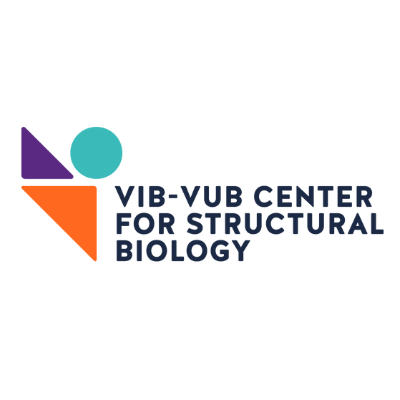
VIB-VUB CSB
The Structural and Molecular Microbiology (SMM) team at the VIB-VUB Center for Structural Biology (CSB), lead by Prof. dr. Han Remaut, is studying bacterial cell surfaces, their role in host-pathogen interactions, as well as the use of bacterial self-organizing proteins as novel biomaterials. Within PRiNGLE, the SMM group will unravel the molecular details of the conductive HCP fibers found in cable bacteria.
The Group will use cryo-electron microscopy imaging and 3D reconstruction of isolated HCP fibers, and will work towards in vitro self-assembly of HCP fibers using recombinant fiber components.
The SMM group has a strong track record in the study of bacterial adhesion, protein secretion and protein self-assembly pathways. The group combines an excellent expertise in structural biology (X-ray crystallography and cryoEM) with advanced molecular biology and biophysics skills to study complex biosynthetic pathways. International excellence in basic science and technology transfer are central pilars of the Flanders Institute of Biotechnology (VIB).
The VIB-VUB CSB runs a state-of-the-art biophysics and structural biology infrastructure platform, and wet lab facilities for medium scale bacterial and eukaryotic cell cultures and purification of proteins in milligram to gram quantities. The structural biology platform includes an in-house X-ray generator, 600 and 800 MHz Bio-NMR, and a cryogenic electron microscopy facility equipped with a 300 kV microscope with phase plate, energy filter and DED, as well as two 120 kV screening microscopes.
Want to know more?

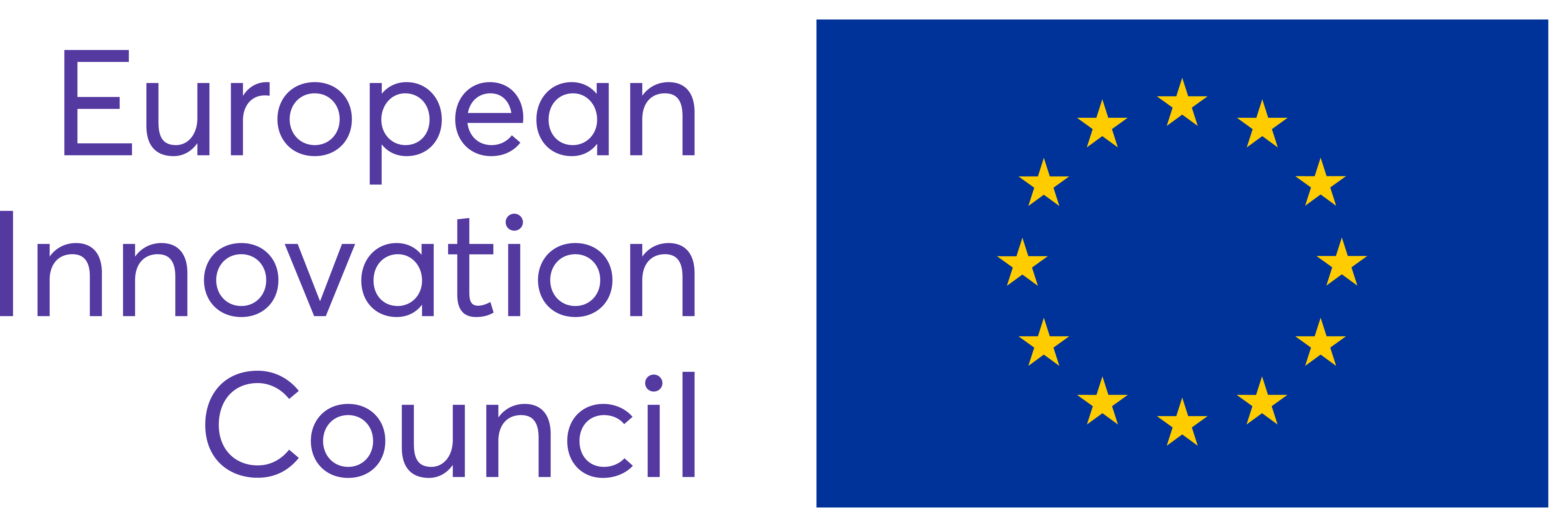
PRiNGLE is a four-year international project to design a new class of protein materials with tuned electronic properties, investigate and develop integration of these materials into electronics.
This project receives funding from the European Union’s Horizon Europe EIC PathFinder funding scheme with grant agreement No 101046719.
© 2023 PRINGLE PROJECT | Privacy disclaimer

